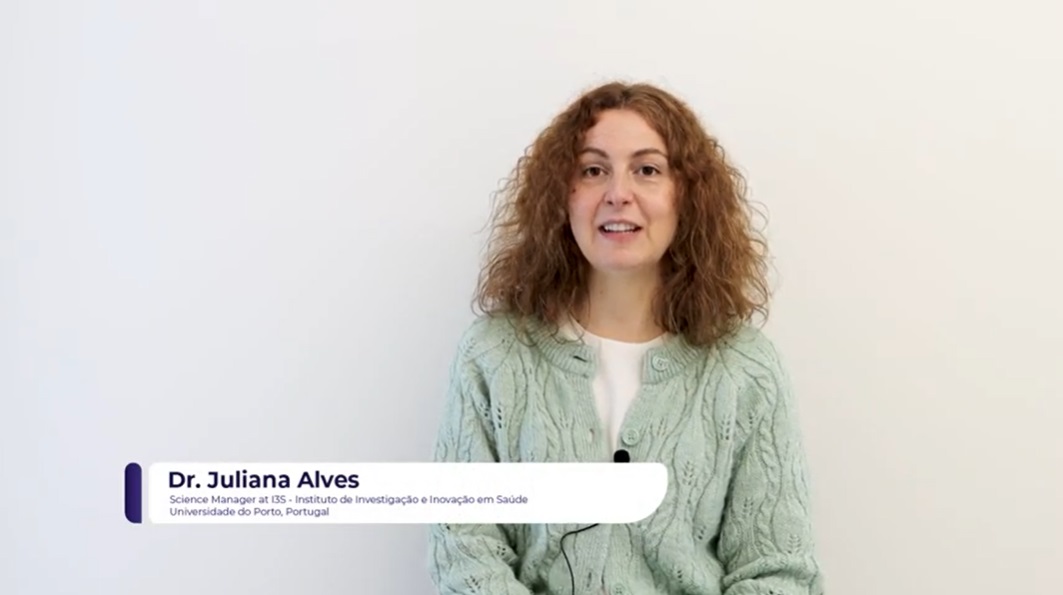For the quantitative examination of articular cartilage using the spectroscopy method, the laser light goes through a complicated route to reach the targeted tissue.
This leads to a considerable power loss, which worsens if the fibre coupling is not stable under mechanical stress. Thus nanoplus with the close cooperation of OptoPresicion developed a new coupling method to address these issues.
In this technique, a second aspheric lens is used instead of an off-axis parabolic mirror for the fibre coupling. When compared to the new solution, the parabolic mirror has some major disadvantages such as high sensitivity to the alignment procedure, shock, and vibration as well as a relatively bulky structure. Furthermore, the mechanical stability of the coupling was enhanced by developing a new fibre coupling adaptor, which envelopes the lens system. This makes the coupling very user friendly, which is an additional benefit of the new construct.
The aspheric lens was implemented in a newly developed fibre coupling adapter and actively aligned in front of the laser beam. The fibre coupling adapter includes a lens as well as a connector, which enables us to mount a SMA905 Fibre from ArtPhotonics. To bring the fibre in the focus point of the laser beam the lens was actively adjusted into the adapter upfront, which in turn was again actively aligned in front of every collimated Laser in TO3 Housing and fixed in place.
The adaptors (picture bellow) for all six lasers have been fabricated and shipped to OptoPresicion to be incorporated into the MIRACLE analyser device.

Feature image author – @starline


